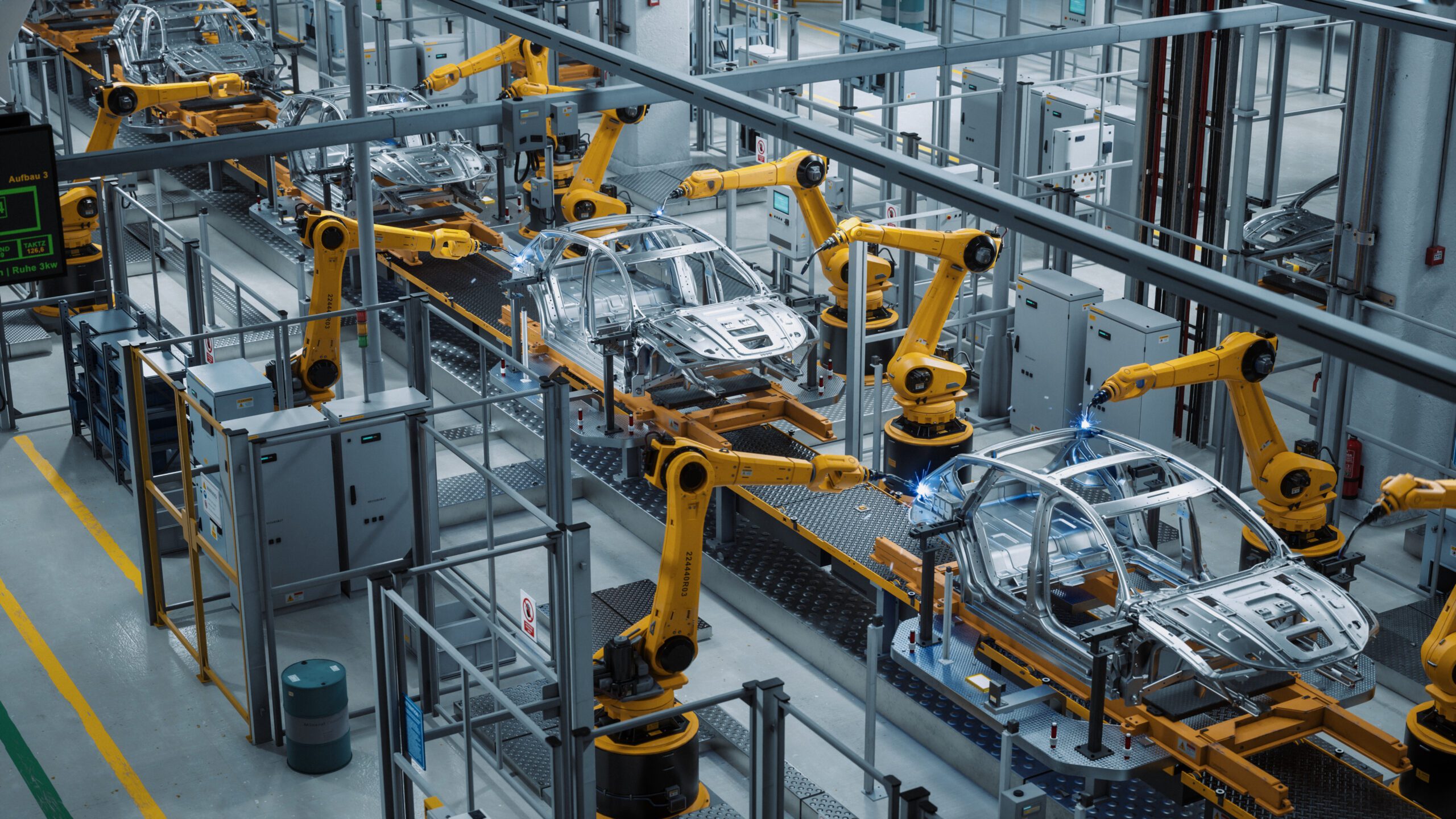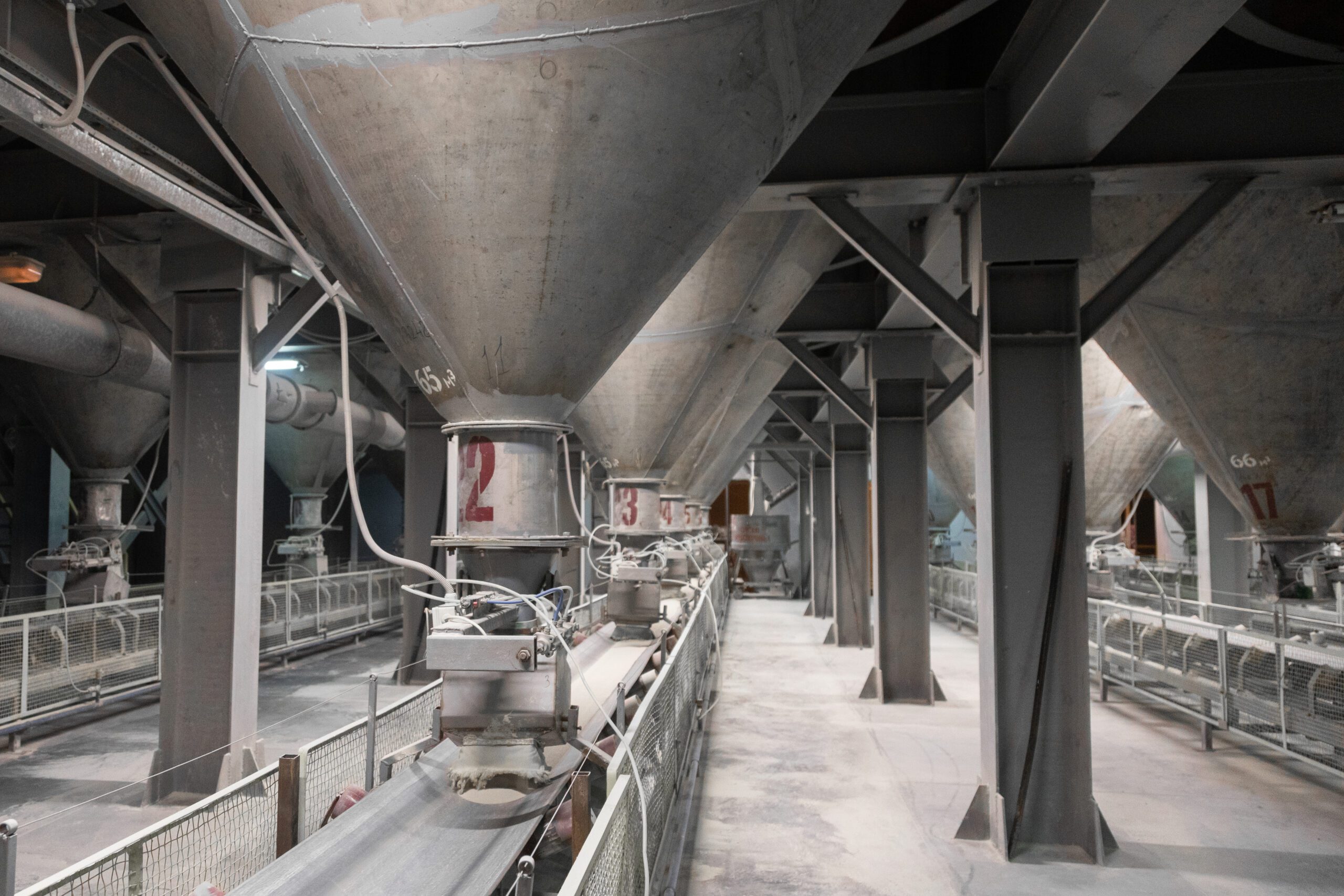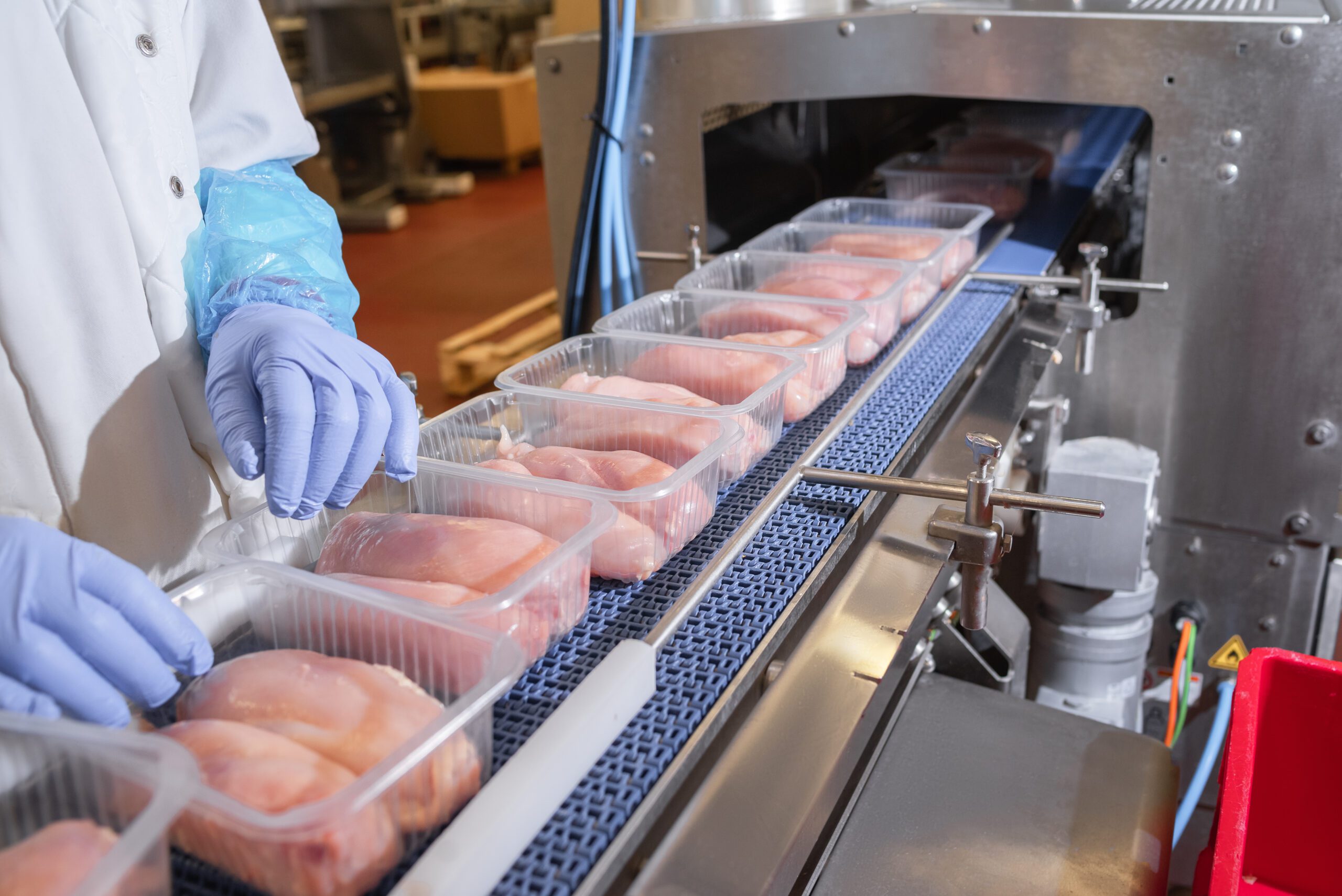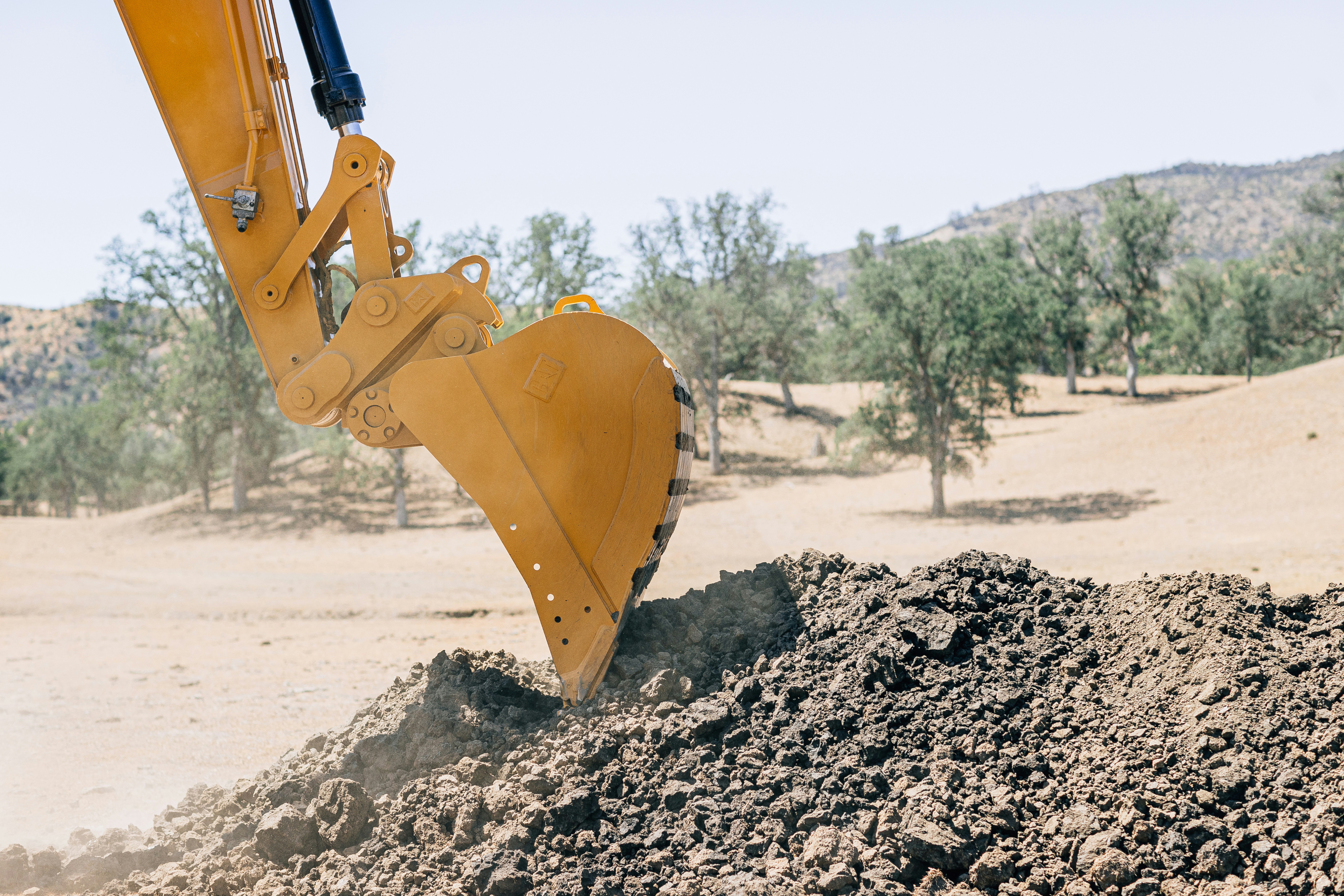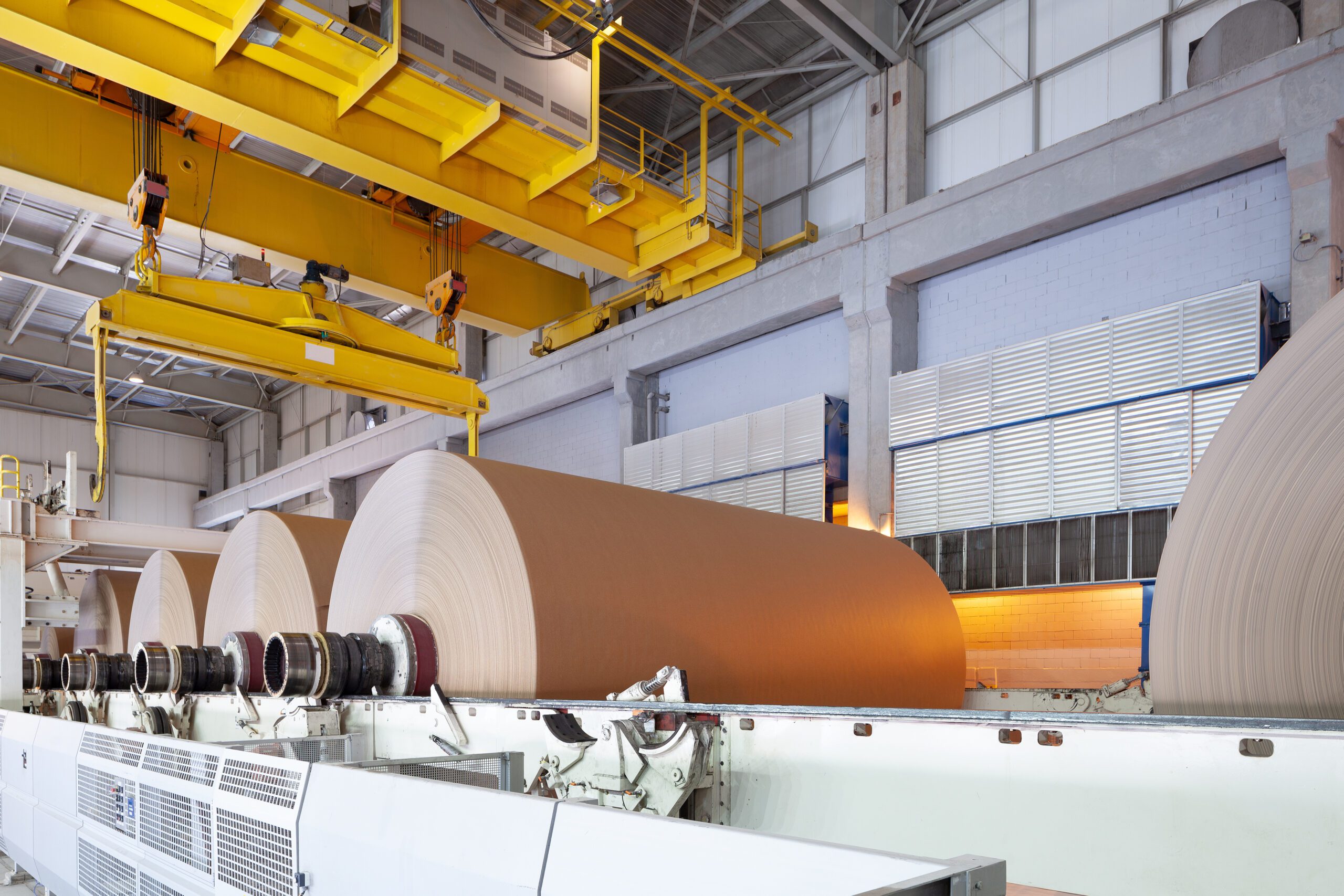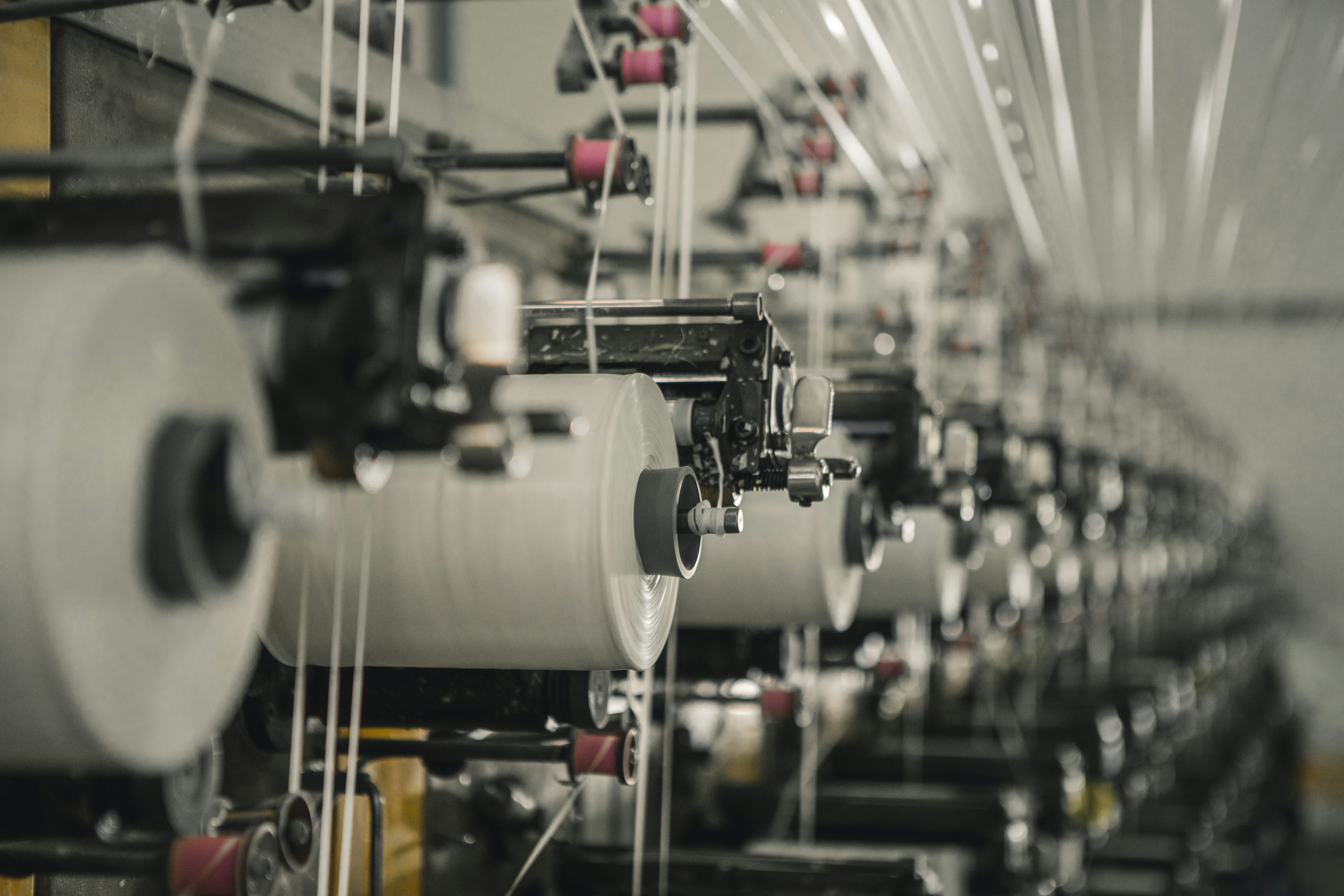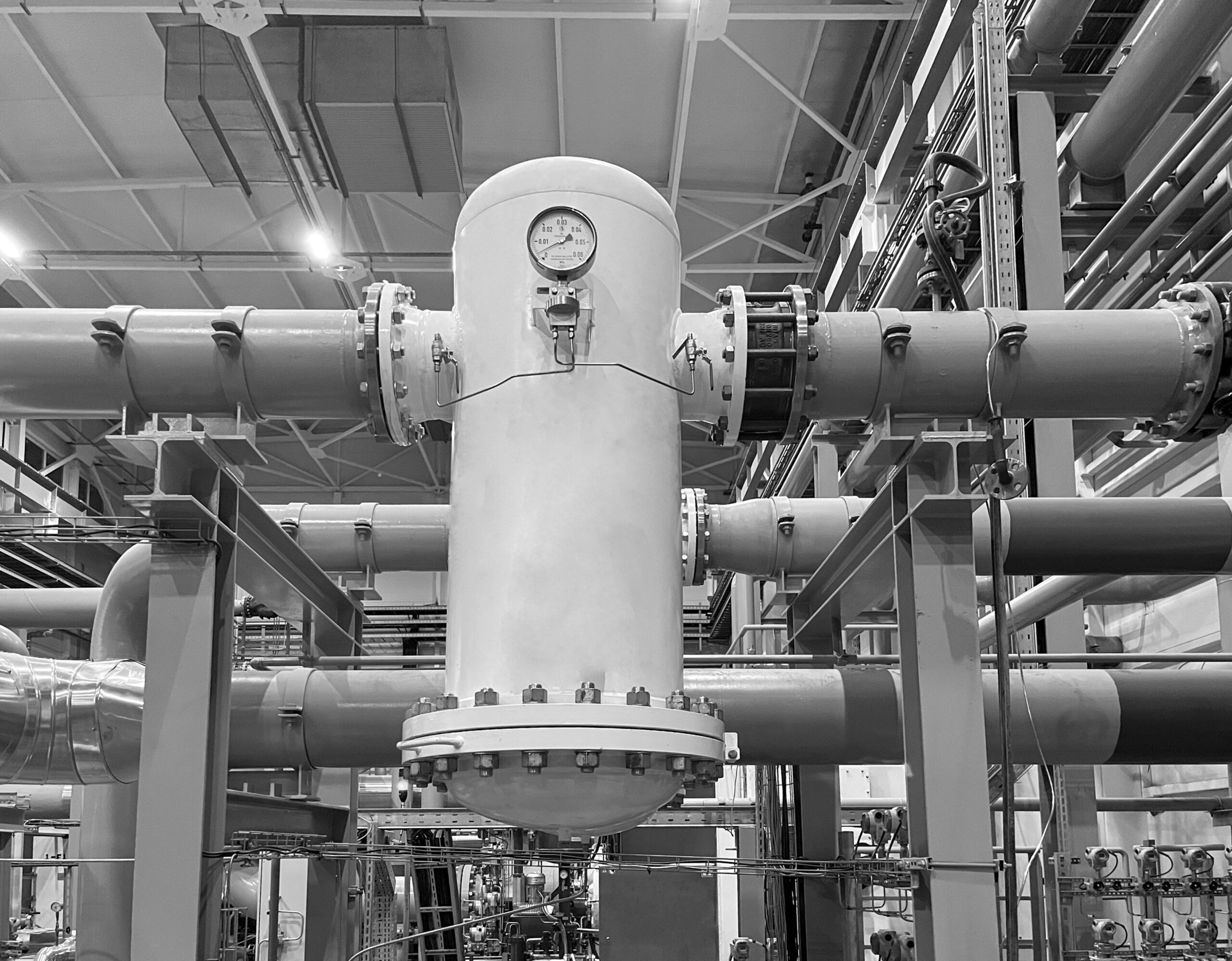By Karoline Leonard, Austin American-Statesman
There are a lot of factors driving Texas’ booming technology and innovation sectors.
Praised for being one of the most “business-friendly” states in the nation, companies ranging from Fortune 500 powerhouses to smaller startups and ventures choose the Lone Star State for new factories, data centers, manufacturing facilities, satellite offices and headquarters.
But one area that Texas lags in is investment in research and development. As of 2022, Texas contributed only 4.3% of U.S. business-funded R&D. In contrast, California contributes 36.2% to the nation’s total business-funded R&D. Texas ranks 33rd nationally in R&D investment as a percentage of gross state product.
One research and development incentive is the state’s tax credit, but that program could go away as soon as December 2026.
Created in 2014 through House Bill 800, Texas’ R&D tax credit encourages economic development by offering qualifying entities either a sales tax exemption on personal property used in research or a franchise tax credit based on research expenses. According to the Texas Comptroller’s Office, approximately $2.8 billion in tax credits have been claimed since its inception. In fiscal 2024 alone, $412.7 million was claimed.
The program is set to expire Dec. 31, 2026, but on Wednesday, the Senate Finance Committee advanced a bill out of committee (13 ayes, no nays) that would extend the program, and the same major players from the 2013 legislative session are lobbying again to extend and improve the tax credit.
“Today, other states and global competitors are strengthening their R&D tax policies, driving new R&D and interest in AI development, industry reshoring back to North America and Texas and the recent tariff readjustment, which is a new thing,” Tony Bennett, president and CEO of the Texas Association of Manufacturers, testified during a Senate Finance Committee hearing Wednesday. “Texas must act now to retain our existing incentives and provide certainty for business and prevent the loss of critical existing investments.”
Senate Bill 2206 by Sen. Paul Bettencourt, R-Houston, — and its companion, House Bill 4393 by Rep. Charlie Geren, R-Lake Worth — would extend the R&D tax credit program and raise its incentive from about 5% to 8.72%, or about 10.9% of new R&D connected to state public and private higher education institutions.
“R&D is so important to a healthy economy,” Jennifer Rabb, president of the Texas Taxpayers and Research Association, told the American-Statesman. “And without an extension of the credit, companies are going to choose to go elsewhere for those projects.”
Texas’ credit is on the low end of the spectrum for R&D tax incentives, with countries like China offering a “super deducation” of 200% and states like California offering a 15% tax credit on qualified research expenditures and an extra 24% of research payments to public universities and their affiliate hospitals or cancer research centers. Many other states, like Michigan and Arizona, offer 10%.
When asked during his testimony Wednesday if he believed the tax credit raise from 5% to 8.72% was enough, Bennett said it was a “great improvement” for Texas.
“Competitively speaking, we don’t have the highest tax credit available to R&D folks,” Bennett told the Statesman after the initial bill filing in March. “You absolutely have to have R&D going on in your industry sector to remain globally competitive, or you will be out of business.”
According to a study commissioned by Texans for Innovation, a group made up of state business associations lobbying to extend and improve the state’s R&D tax credit, expanding and making the tax credit permanent could increase the gross state product by up to 0.13% and could create 113,850 new jobs with an estimated $8.5 billion in wages by 2035.
Texans for Innovation includes groups like the Texas Association of Manufacturers, Texas Association of Business, Texas Healthcare and Bioscience Institute, Texas Taxpayers and Research Association, Texas Chemistry Council, Texas Oil & Gas Association, Texas Economic Development Council, several municipal chambers of commerce, Opportunity Austin and Lockheed Martin.
The credit, while driving an increase in high-paying full-time jobs at medium- and large-sized corporations, also aids small startups and entrepreneurial businesses, Texas Association of Business President and CEO Glenn Hamer told the Statesman. The Texas Association of Business is a member of Texans for Innovation.
“For those businesses, small entrepreneurial businesses that are startups that don’t have income coming in,” he said, “they would be able to take a credit off of their sales tax expenditures to use it or carry forward the credit to a time when they have profits coming in. What we love about this credit is that it’s something that’s available to all innovative companies in the state of Texas, regardless of their size.”
Opportunity Austin, also a member of the Texans for Innovation group, told the Statesman in a statement that one company working with it could access an estimated $4 million reinvestment capital thanks to an extension of the tax credit program.
“This initiative removes those barriers, freeing up millions in capital that fuels job creation, breakthrough advancements and sustained economic growth across multiple industries,” Opportunity Austin said.
Bennett said R&D is the backbone of the global, national and Texas economies, saying without investment in the area, the world suffers. Bennett pointed to Jack Kilby’s inventing of the microchip at Texas Instruments in 1958 as the perfect example as to why a tax credit is needed in the state.
“It’s just throughout our entire economy and daily life, that one R&D project created the world we live in today, which most people would say is a better world,” Bennett said. “It is absolutely essential that the state of Texas is competitive globally in this area, and the way you grow manufacturing, and you grow industries, and you grow jobs, and your economy is in large part due to basic research and development.”
Expanding R&D tax credits isn’t straightforward, as the loss in tax revenue could cost the state an estimated $661.4 million in fiscal 2026. However, Texans for Innovation argues that the economic benefits will offset this cost.
Sen. Donna Campbell, R-New Braunfels, while voting in favor of the bill, said the Legislature should contemplate whether or not the state has too many of these business or tax incentives or if it should slow down the dramatic growth Texas has experienced in recent years.
Now out of committee, SB 2206 will move to the Senate floor before heading to the House. HB 4393 is still in committee.
Some of those pushing for the passage of the bill said they expect some opposition, especially since it is an incentive increase.
But for many business leaders, Texas can’t afford not to extend and improve its R&D tax credit.
“It’s a must pass,” Hamer said. “We need to extend the R&D tax credit to remain competitive when it comes to R&D investment. So many other states, dozens of other states, have an R&D tax credit. … In terms of for the economic health of Texas, this is imperative.”




